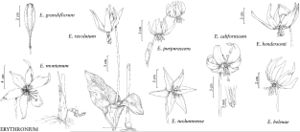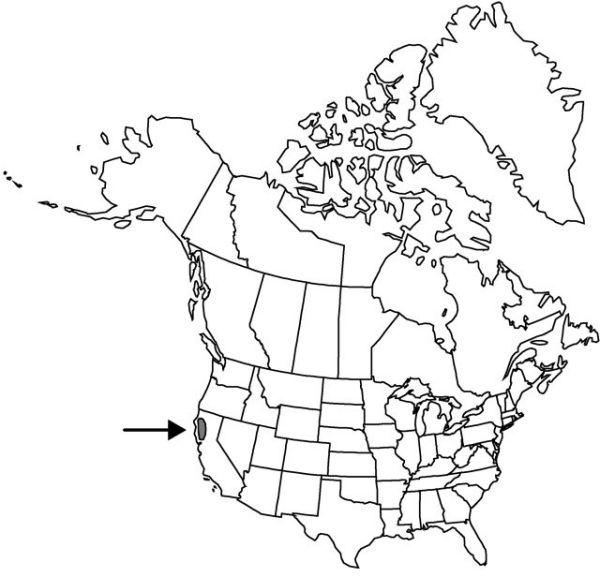Difference between revisions of "Erythronium californicum"
Fl. & Sylva 2: 253. 1904.
FNA>Volume Importer |
FNA>Volume Importer |
||
| Line 24: | Line 24: | ||
|elevation=0–1900 m | |elevation=0–1900 m | ||
|distribution=Calif. | |distribution=Calif. | ||
| − | |discussion=<p>Forms intermediate with Erythronium citrinum and E. multiscapideum are sometimes seen where ranges overlap.</p> | + | |discussion=<p>Forms intermediate with <i>Erythronium citrinum</i> and <i>E. multiscapideum</i> are sometimes seen where ranges overlap.</p> |
|tables= | |tables= | ||
|references= | |references= | ||
| Line 48: | Line 48: | ||
|publication year=1904 | |publication year=1904 | ||
|special status= | |special status= | ||
| − | |source xml=https://jpend@bitbucket.org/aafc-mbb/fna-data-curation.git/src/ | + | |source xml=https://jpend@bitbucket.org/aafc-mbb/fna-data-curation.git/src/8f726806613d60c220dc4493de13607dd3150896/coarse_grained_fna_xml/V26/V26_263.xml |
|genus=Erythronium | |genus=Erythronium | ||
|species=Erythronium californicum | |species=Erythronium californicum | ||
Revision as of 16:43, 18 September 2019
Bulbs ovoid, 35–60 mm, sometimes producing sessile offsets. Leaves 7–18 cm; blade distinctly mottled with irregular streaks of brown or white, oblong to narrowly ovate, margins usually wavy. Scape ± reddish, branched well above leaves when flowers more than 1, 10–30 cm. Inflorescences 1–3-flowered. Flowers: flowering individuals generally abundant in populations; tepals white to cream, base yellow and often banded with brown or red, ± narrowly ovate, 25–40 mm, inner with small auricles at base; stamens 12–25 mm; filaments ± white, linear, slender, less than 0.8 mm wide; anthers white to cream; style ± white, 10–14 mm; stigma unlobed or with lobes less than 2 mm. Capsules obovoid, 3–6 cm. 2n = 24.
Phenology: Flowering spring (Mar–Apr).
Habitat: Dry woods, openings, cliffs
Elevation: 0–1900 m
Discussion
Forms intermediate with Erythronium citrinum and E. multiscapideum are sometimes seen where ranges overlap.
Selected References
None.

